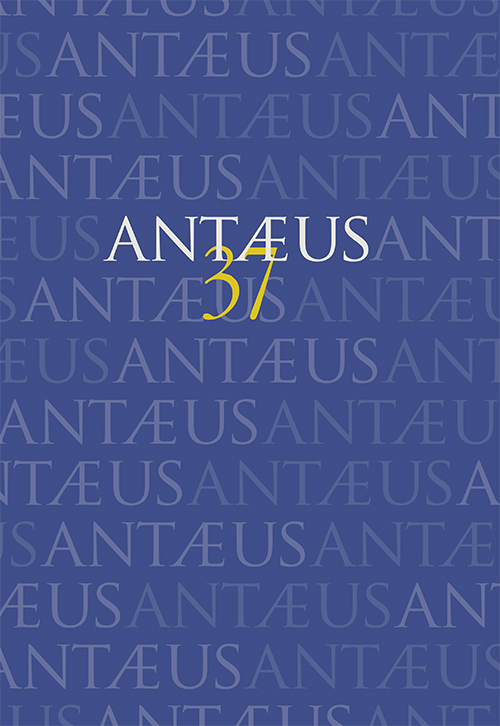|
Einige siedlungsarchäologische Überlegungen zum Inhalt der Begriffe „Dorf“ und „Weiler“ im Kontext des Karpatenbeckens des 10.–11. Jahrhunderts – Zur Gräberfeldtypologie von László Kovács Miklós Takács 
AbstractThe aim of our study is to present and critically evaluate the thesis of László Kovács concerning the classification of the graveyards of the Carpathian Basin in the 10th and 11th centuries AD into chronological types. Our study has three main parts: after a brief history of previous investigations, we present the thesis of László Kovács, as well as the modifications to it, proposed by us. Since the thesis was published only in Hungarian, its parts and argumentation are discussed here in detail. The third part of our study analyses the hypothesis of László Kovács driven from his classification according to which the small and only temporarily used graveyards are to be interpreted as traces of little, farmstead-like settlements. In contrast, the cemeteries with a large number of graves must have belonged to villages. According to our opinion, this hypothesis, though it sounds very reasonable, will wholly be confirmed only when settlement archaeology of the given era will also yield a series of evidences, i.e. settlements firmly dated not only to the period of the 10th and 11th centuries, but also to the 10th century within that. |
![]()



